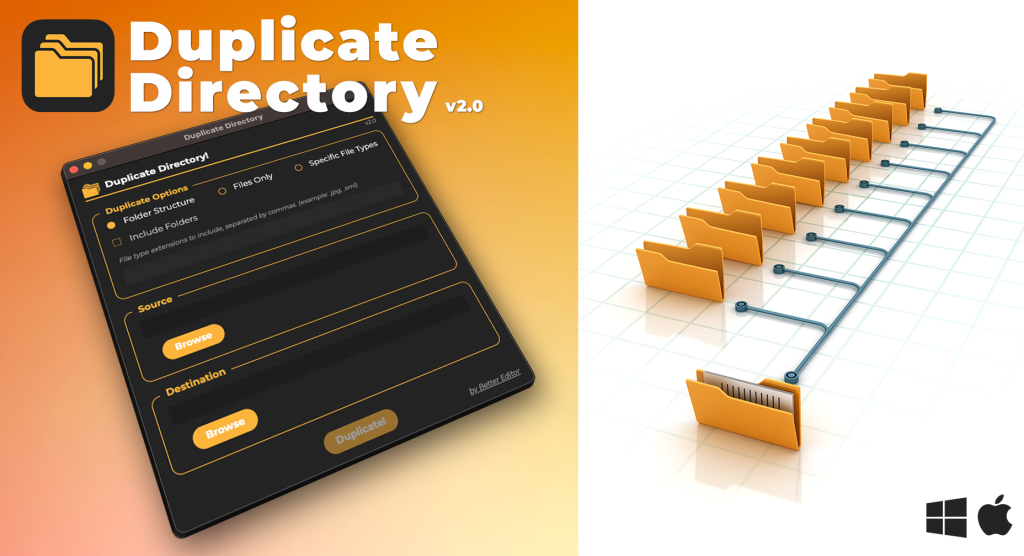Getting ready to send your cut to color and mix?
Let’s do a quick break down of what you need to know about prepping sequences for finishing. Whether you’re working with a dedicated post house or handling things in-house, these workflow tips will save you (and your finishing team) a ton of headaches.
Start Clean, Stay Clean
First things first – you need a reference file. Think of it like taking a snapshot of your edit before surgery. Export a high-quality H.264 or ProRes proxy that you can use to QC your prep work later. This is also what your audio and color teams will use as reference.
Before diving in, duplicate your sequence. Seriously, do it. Nothing’s worse than destroying your offline edit because you forgot this step. Label the new sequence with “-prep” and you’re ready to roll.
Cleaning House
Time to get organized. Start by clearing out all those disabled clips cluttering up your timeline. You can use Premiere’s “Simplify Sequence” command, but honestly? I prefer going manual so I know exactly what I’m nuking.
Next up is track consolidation. Move everything down to the lowest possible video track, but watch out for composited elements – you don’t want to break any split screens or picture-in-picture effects. While you’re at it, ditch any empty adjustment layers.
Audio Organization is Key
Here’s where a lot of editors skip steps, but proper audio organization makes life so much better for your mix engineer. Group similar content together:
- Dialog tracks up top
- Sound effects in the middle
- Music beds at the bottom
Got any fancy remixed music using Premiere’s Essential Sound panel? Export that as a new WAV file and reimport it. Trust me, it’ll save you from compatibility headaches down the road.
The Split: Audio vs. Color
This is where things get interesting.
Duplicate your prepped sequence twice – one for audio (“-prep-A”) and one for color (“-prep-V”).
For audio:
- Strip out all video
- Export an AAF with proper settings (break out to mono, include handles)
- Keep your audio tracks organized
For color:
- Ditch the audio tracks
- Remove graphics layers
- Analyze any stabilized shots
- Reset color space settings to get back to your source LOG
- Export that beautiful ProRes 4444
Quality Control is Everything
Before sending anything out, gang your reference file with your prepped sequence and scrub through both videos to make sure nothing was missed. Look for:
- Matching timing
- All effects present
- Audio sync
- No missing elements
Final Deliverables Checklist
For Color Correction:
- Offline Reference Video
(H264 or Prores Proxy) - EDL
- ProRes 4444 file
(if using that workflow) - Prepped sequence
(used later in final conform)
For Audio Mix:
- Offline Reference Video
(H264 or Prores Proxy) - AAF file
- Audio prep sequence
Wrap Up
Remember, this process might seem like overkill for smaller projects, but these habits will save your bacon on bigger jobs. Plus, your post team will love you for making their lives easier.
Want to see this workflow in action? Check out the full video tutorial above where we walk through every step in detail.
Got questions about your finishing workflow? Drop them in the comments below. And if you’re looking for more post-production tips and tutorials, don’t forget to subscribe to the YouTube channel.

